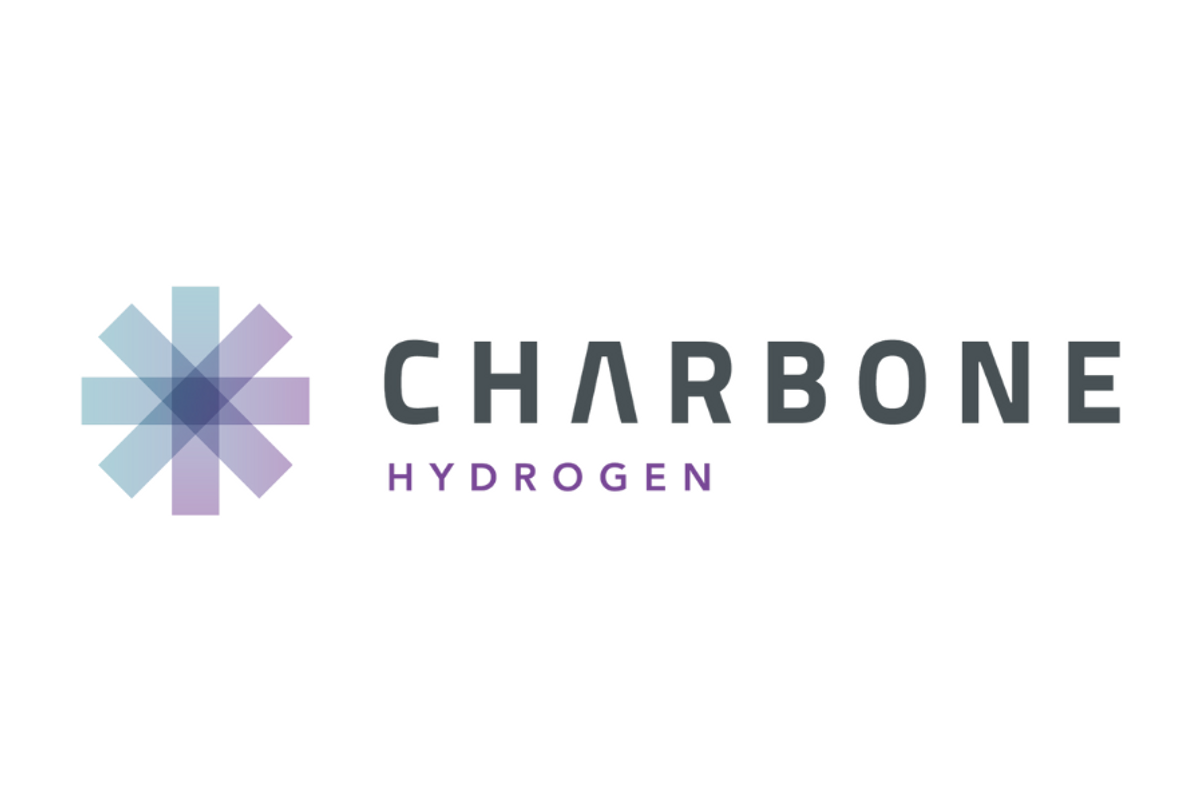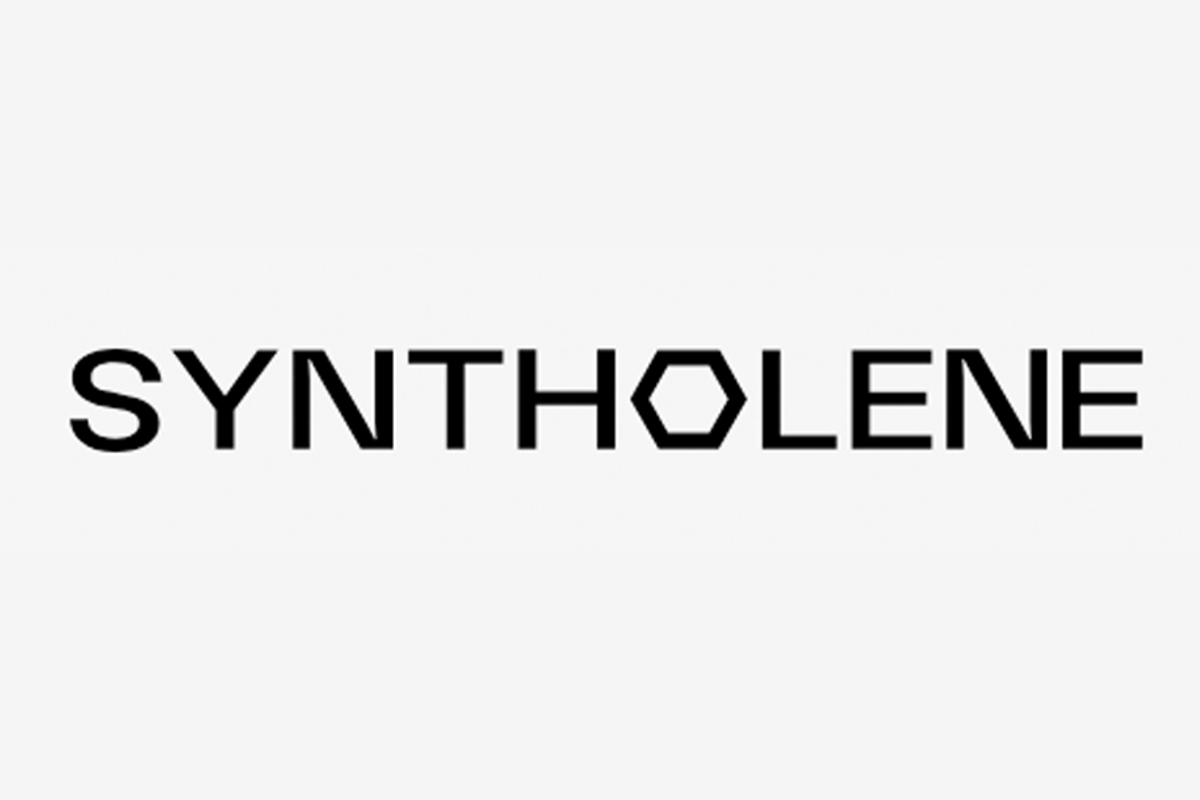
February 21, 2024
Source Rock Royalties Ltd. Source Rock Royalties Ltd. ("Source Rock") (TSXV: SRR) (TSXV: SRR.WT), a pure-play oil and gas royalty company with an established portfolio of oil royalties, announces that it has been recognized by the TSX Venture Exchange (the "TSXV") as a 2024 Top 50 company. The TSX Venture 50 showcases the strongest performance on the TSXV over the last year. Comprised of 10 companies from five industry sectors, the ranking is based on market capitalization growth, share price appreciation and trading volume. More details can be found at: www.tsx.com/Venture50.
"We are proud to be named as a top performing TSXV company in the energy sector. Our balanced growth and yield business model allowed us to materially expand and diversify our portfolio of royalty production and lands, while also paying a strong dividend to shareholders, which was increased by 20% in 2023", stated Brad Docherty, President & CEO.
About Source Rock Royalties Ltd.Source Rock is a pure-play oil and gas royalty company with an existing portfolio of oil royalty interests concentrated in southeast Saskatchewan, central Alberta and west-central Saskatchewan. Source Rock targets a balanced growth and yield business model, using funds from operations to pursue accretive royalty acquisitions and to pay dividends. By leveraging its niche industry relationships, Source Rock identifies and acquires both existing royalty interests and newly created royalties through collaboration with industry partners. Source Rock's strategy is premised on maintaining a low-cost corporate structure and achieving a sustainable and scalable business, measured by growing funds from operations per share and maintaining a strong netback on its royalty production.
Forward-Looking StatementsThis news release includes forward-looking statements and forward-looking information within the meaning of Canadian securities laws. Often, but not always, forward-looking information can be identified by the use of words such as "plans", "is expected", "expects", "scheduled", "intends", "contemplates", "anticipates", "believes", "proposes" or variations (including negative and grammatical variations) of such words and phrases, or state that certain actions, events or results "may", "could", "would", "might" or "will" be taken, occur or be achieved. Forward-looking statements in this news release include statements regarding Source Rock's dividend strategy and the amount and timing of future dividends (and the sustainability thereof), the potential for future drilling on Source Rock's royalty lands, expectations regarding commodity prices, Source Rock's growth strategy and expectations with respect to future royalty acquisition and partnership opportunities, the ability to complete such acquisitions and establish such partnerships, and the estimated costs for Source Rock to run its business. Such statements and information are based on the current expectations of Source Rock's management and are based on assumptions and subject to risks and uncertainties. Although Source Rock's management believes that the assumptions underlying these statements and information are reasonable, they may prove to be incorrect. The forward-looking events and circumstances discussed in this news release may not occur by certain dates or at all and could differ materially as a result of known and unknown risk factors and uncertainties affecting Source Rock. Although Source Rock has attempted to identify important factors that could cause actual actions, events or results to differ materially from those described in forward-looking statements and information, there may be other factors that cause actions, events or results to differ from those anticipated, estimated or intended. No forward-looking statement or information can be guaranteed. Except as required by applicable securities laws, forward-looking statements and information speak only as of the date on which they are made and Source Rock undertakes no obligation to publicly update or revise any forward-looking statement or information, whether as a result of new information, future events or otherwise.
Neither the TSX Venture Exchange nor its Regulation Services Provider (as that term is defined in the policies of the TSX Venture Exchange) accepts responsibility for the adequacy of this release.
SRR.WT:CA
The Conversation (0)
09 December 2024
Source Rock Royalties
Pure-play on oil & gas royalties in Western Canada
Pure-play on oil & gas royalties in Western Canada Keep Reading...
18 December
Oil and Gas Market Forecast: Top Trends for Oil and Gas in 2026
The oil and gas market was punctuated with volatility in 2025. Oil prices softened as supply outpaced demand and inventories built. Brent and West Texas Intermediate (WTI) crude slipped in late 2025, with Brent dipping below US$60 per barrel and WTI hovering at US$55.Production increases from... Keep Reading...
16 December
CHARBONE Confirms the Official Start of Commercial Production of Clean UHP Hydrogen in Sorel-Tracy
(TheNewswire) Brossard, Quebec TheNewswire - December 16, 2025 CHARBONE CORPORATION (TSXV: CH,OTC:CHHYF; OTCQB: CHHYF; FSE: K47) (" CHARBONE " or the " Company "), a North American producer and distributor specializing in clean Ultra High Purity (" UHP ") hydrogen and strategic industrial gases,... Keep Reading...
16 December
CHARBONE confirme l'entree officielle en production commerciale d'hydrogene propre UHP a Sorel-Tracy
(TheNewswire) Brossard, Quebec TheNewswire - le 16 décembre 2025 CORPORATION CHARBONE (TSXV: CH,OTC:CHHYF; OTCQB: CHHYF; FSE: K47) (« CHARBONE » ou la « Société »), un producteur et distributeur nord-américain spécialisé dans l'hydrogène propre Ultra Haute Pureté (« UHP ») et les gaz industriels... Keep Reading...
15 December
Angkor Resources Signs Letter of Intent to Sell Evesham Oil Production
(TheNewswire) GRANDE PRAIRIE, ALBERTA TheNewswire - December 15, 2025 - Angkor Resources Corp. (TSXV: ANK,OTC:ANKOF) ("ANGKOR" OR "THE COMPANY") is pleased to announce that it has entered into a binding Letter of Intent ("LOI") with an arm's length party (the "Purchaser") to sell its 40%... Keep Reading...
12 December
Syntholene Energy
Syntholene Energy is a Canada-based mineral exploration company. It is focused on the exploration and development of the Iron Lake Project which comprises 21 mineral claims totaling 8,035 hectares. Keep Reading...
10 December
Syntholene Energy Announces Completion of Reverse Takeover
Syntholene Energy Corp. (TSXV: ESAF) (formerly, GK Resources Ltd.) (the "Company" or "Syntholene") is pleased to announce that, further to its news releases dated May 6, 2025, May 16, 2025, July 9, 2025, September 18, 2025, November 18, 2025 and December 3, 2025, it has completed the acquisition... Keep Reading...
Latest News
Interactive Chart
Latest Press Releases
Nevada Sunrise Announces Stock Option Grants
19 December
Related News
TOP STOCKS
American Battery4.030.24
Aion Therapeutic0.10-0.01
Cybin Corp2.140.00




